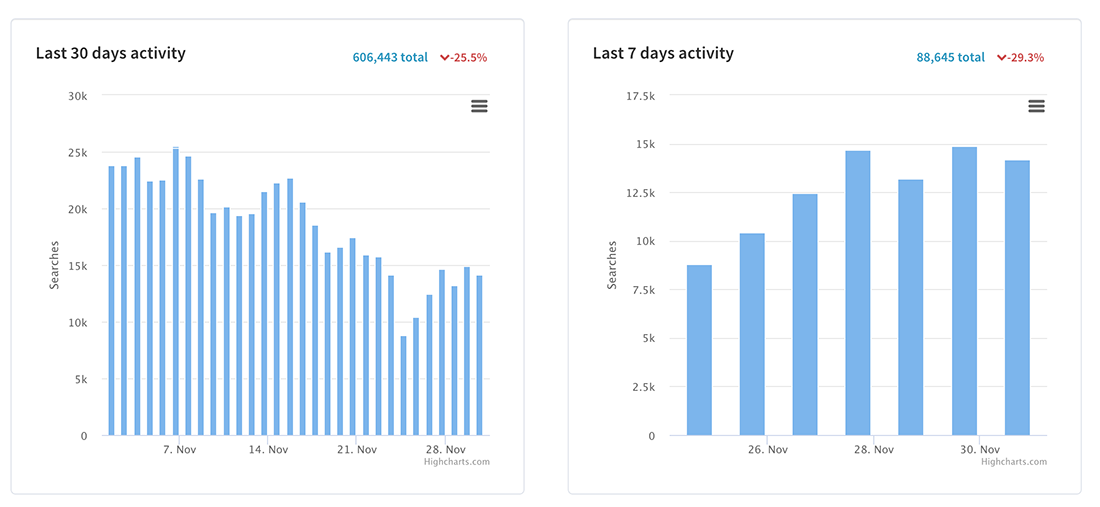- Vanity And Hygieneoutlander Lists & Timelines Printable
- Vanity And Hygieneoutlander Lists & Timelines 2020
- Vanity And Hygieneoutlander Lists & Timelines List
Library

Information
Many managers hold monthly, weekly, or even daily training sessions to make sure that employees remember essential food safety principles. Try using our training tips to improve food safety at your establishment. 5 5 Children – Sanitation and Hygiene INTRODUCTION – THE GLOBAL SITUATION WHO/UNICEF, Joint Monitoring Program, 2010 This graph shows the regional distribution of the 2.6 billion people not using improved sanitation.
Basic requirements of a Food Safety Plan
Checklist for Personal Hygiene Practices of Food-handlers
Uniforms, aprons (or clothes) should be clean at the beginning of a work shift
Wear a hair restraint (hat or hairnet)
Keep fingernails short and clean
Avoid touching nose, mouth, hair and skin during food preparation
Do not smoke in food premises
Do not cough or sneeze directly onto food. Wash hands after coughing or sneezing
Wash your hands after blowing your nose
Avoid wearing jewellery while handling and preparing food
Avoid using strong perfumes/after shaves
Do not wear uniforms or aprons outside the food preparation area
Vanity And Hygieneoutlander Lists & Timelines Printable
Cover all wounds or cuts on hands or arms completely with bright-coloured waterproof wound strip
Wear disposable gloves if there is a wound on the hand. Change both gloves and wound strip regularly
Vanity And Hygieneoutlander Lists & Timelines 2020
Food handlers to be free from any illnesses such as gastro or the flu

Cease work and report to the manager while ill
Hands must be washed before:
Hands must be washed after:
Using the toilet
Vanity And Hygieneoutlander Lists & Timelines List
Handling raw food

Coughing, sneezing, eating, drinking or smoking
Licking fingers
Every break
Touching pimples or sores
Handling waste
Carrying out cleaning duties
Changing soiled clothes
Touching ears, nose, hair, mouth, or other bare body parts
Handling animals
Any other unhygienic practice
